Recessed medicine cabinets are one of those home upgrades that check all the boxes—practical, stylish, and space-saving. They offer the perfect blend of functionality and design, giving your bathroom a clean, modern look while providing a discreet storage solution for your essentials. They're like the unsung heroes of bathroom organization!
l Introduction
l Benefits of a Recessed Medicine Cabinet
l Key Considerations Before Installation
l Step-by-Step Installation Guide
l Frequently Asked Questions
But before you add one to your home, it's essential to figure out one crucial detail—do you have the space for it? Installing a recessed medicine cabinet isn't always as straightforward as it looks. But don't worry! Whether you're freshening up your bathroom or embarking on a full-blown remodel, I'll walk you through determining if you have room for one of these sleek storage saviours.
What is a Recessed Medicine Cabinet?
First, if you're new to the concept, let's clarify what a recessed medicine cabinet is. Unlike surface-mounted cabinets that protrude from your bathroom wall, recessed cabinets are built into the wall, sitting flush to create a more streamlined and modern appearance. They fit into a cavity inside the wall, leaving only the door and trim visible.
This design saves precious inches of space in smaller bathrooms and helps maintain a clean aesthetic. If you want storage that feels more "built-in" than "added-on," a recessed medicine cabinet could be the perfect solution. Now, the question becomes—can your wall handle it?
How to Tell If You Have Room for a Recessed Medicine Cabinet

Determining whether you have enough room for a recessed medicine cabinet isn’t rocket science but requires some investigation. Here are the steps to assess your space.
1. Locate Studs in Your Wall
The first step is to locate the studs on your wall. Studs are the vertical structural supports inside your walls, usually spaced every 16 or 24 inches. A recessed cabinet will need to fit BETWEEN those studs, so their location will largely determine where you can place it.
How to Find Them:
· Use a stud finder, a small, handheld device that detects studs behind your walls. They're inexpensive and incredibly helpful.
· Look for visual clues like outlets often attached to a stud.
· Gently knock on the wall—solid areas might indicate studs, while hollow sounds signal spaces without them.
Once you've identified a space between studs, measure its width. For proper installation, most recessed medicine cabinets require 14–16 inches.
2. Check for Obstacles Inside the Wall
Unfortunately, walls are not just empty cavities we can carve into without a second thought. There might be hidden obstacles that could make installation tricky, such as:
· Plumbing Pipes: Particularly if the wall is near a sink or shower.
· Electrical Wiring: Common in bathroom walls due to lighting and outlets.
· HVAC Ducts or Vents: These can often be located within walls.
If you're not sure what's lurking in there, a professional contractor or handyman can help you identify potential blockages without unnecessary damage.
3. Assess Wall Depth
Recessed medicine cabinets need the wall cavity to be deep enough to accommodate the cabinet’s body. Standard wall framing is usually 4 inches deep, with 1/2-inch drywall on either side. This means you’ll typically have around 3.5 inches of usable space, which works for most cabinets.
However, older homes with thinner walls might require adjustments or additional work, such as installing a custom cabinet or modifying the wall to create extra depth.
4. Measure the Space
Once you've determined a stud-free spot with no internal obstacles, it's time to measure! Most recessed medicine cabinets come in standard sizes, so you'll find options that fit your space as long as you have the correct depth and width.
Key dimensions to measure include:
· Height: Consider how high you want the cabinet installed to ensure it's accessible and proportionate to your sink or vanity.
· Width: Ensure the space between the studs can accommodate the specific cabinet you're eyeing.
· Depth: Confirm the wall cavity is deep enough to house the cabinet.
Pro tip: Always double-check measurements from the manufacturer's specs before purchasing.
5. Consider the Placement in Your Bathroom Design
Beyond technical measurements, think about the cabinet's practical placement:
· Will the door interfere with other fixtures, like mirrors, light sconces, or shelving?
· Is there enough room before the cabinet for the door to open fully?
· Will the recessed cabinet work well with your overall design?
A recessed medicine cabinet can be a focal point in your bathroom, so its location must align with style and function.
6. DIY or Professional Installation?
You've measured, checked, and imagined your vision. But here's the big question—are you installing it yourself or calling in a professional?
If you’re handy and experienced, a recessed medicine cabinet might be a manageable DIY project. However, if there are obstacles like electrical wiring or pipes, or you're not confident cutting into the drywall, a contractor is your best bet. Remember, the cost of professional installation may save you from costly mistakes later!
Benefits of Installing a Recessed Medicine Cabinet
If you're still wondering whether this upgrade is worth it, here are some perks of choosing a recessed medicine cabinet for your bathroom:
· Space Efficiency: Ideal for small bathrooms or powder rooms where every inch counts.
· Sleek Aesthetics: Adds a modern, built-in look to your space.
· Reduced Clutter: Keeps counters clear while providing ample storage for essentials.
· Customizable Options: Available in various sizes, finishes, and styles to match your décor.
FAQ About Recessed Medicine Cabinets
Q1. Are recessed medicine cabinets standard sizes?
Most cabinets are designed to fit standard stud spacing (14-16 inches wide). However, custom cabinets are available if your walls don't meet these specs.
Q2. Can I install a recessed cabinet on any bathroom wall?
Not all walls are suitable—some may contain plumbing or electrical systems obstructing installation. Always check what's inside the wall first!
Q3. Can recessed cabinets be installed in old homes?
Yes, but older homes may have thinner walls, requiring additional modifications or a custom cabinet to fit.
Q4. How long does installation take?
Depending on complexity, DIY installations take 1–2 hours, while professional installations may require a half-day or full-day.
A recessed medicine cabinet is a fantastic way to maximize storage, enhance your bathroom's style, and reduce visual clutter. Following the steps outlined here, you can confidently determine whether your space can accommodate this sleek upgrade.
Are you not ready to measure or cut into drywall yourself? Don't worry—enlist the help of a trusted contractor to ensure smooth installation! Whether you handle it independently or hire a pro, a recessed medicine cabinet will make your bathroom more functional and stylish.
It's time to level up your bathroom storage game—are you ready to take the plunge?


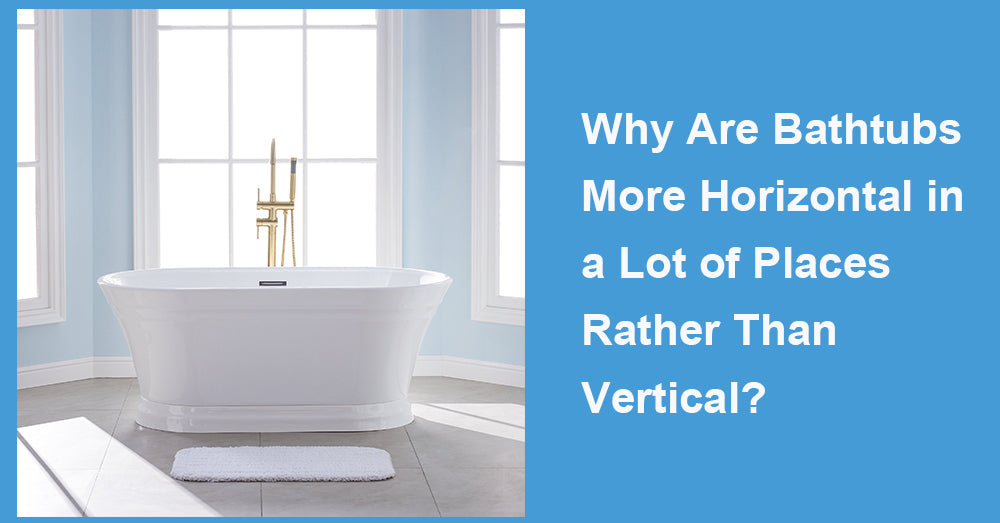

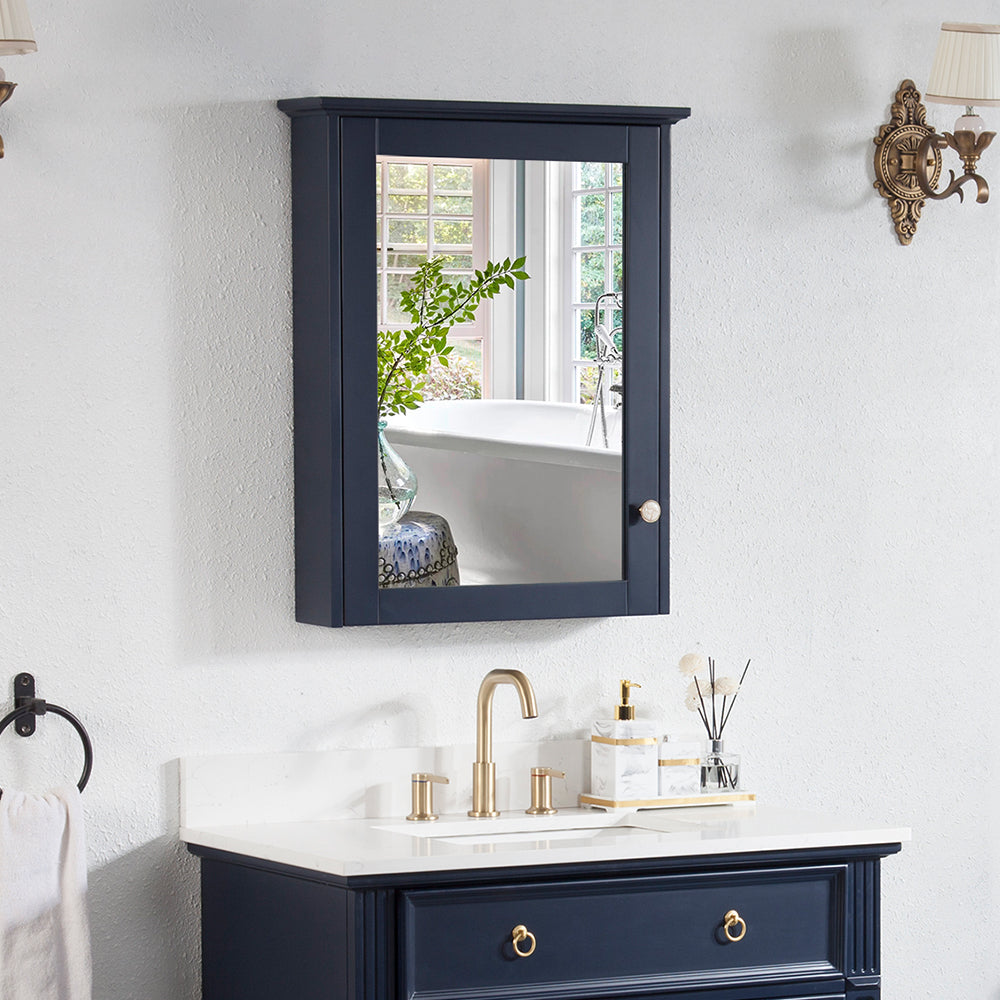
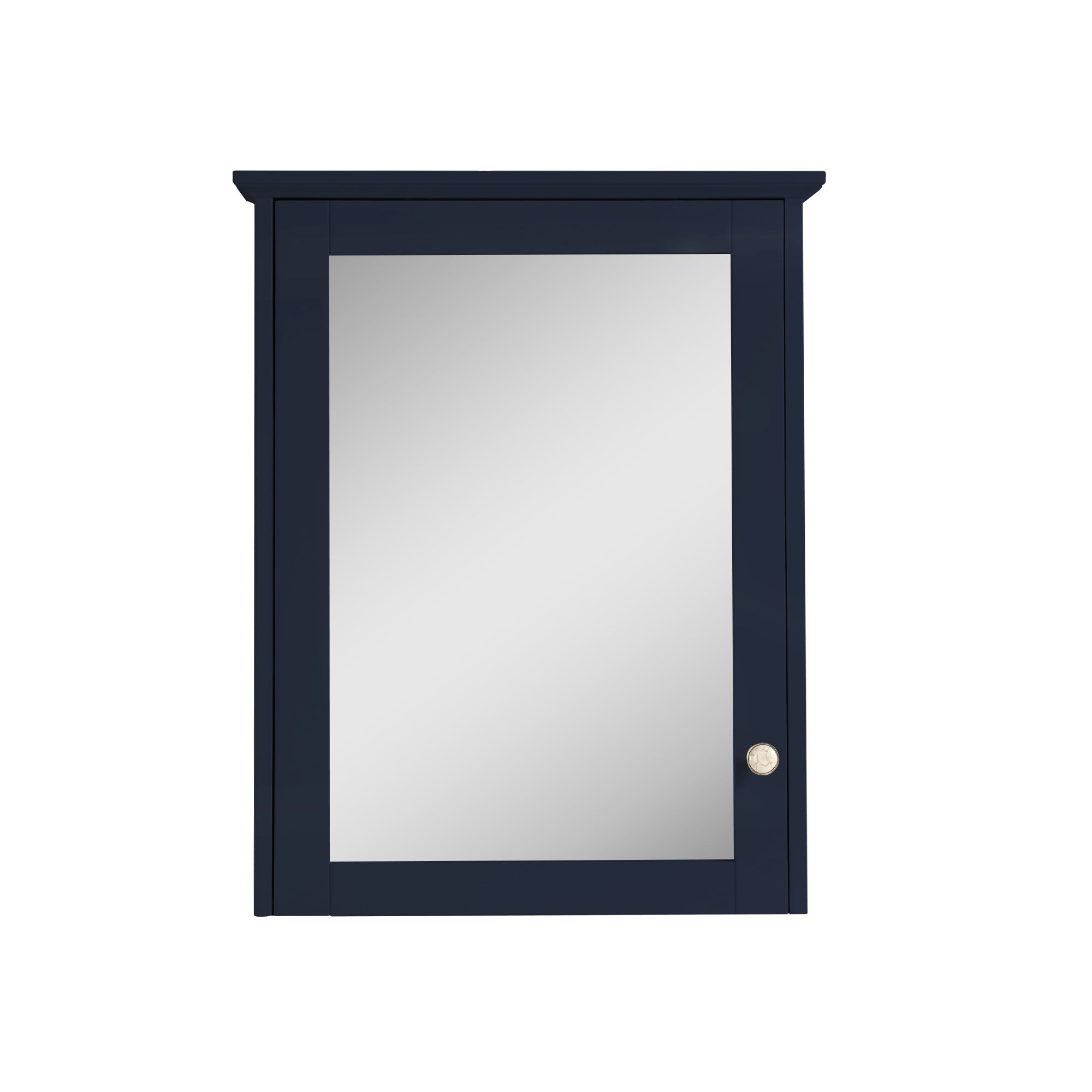
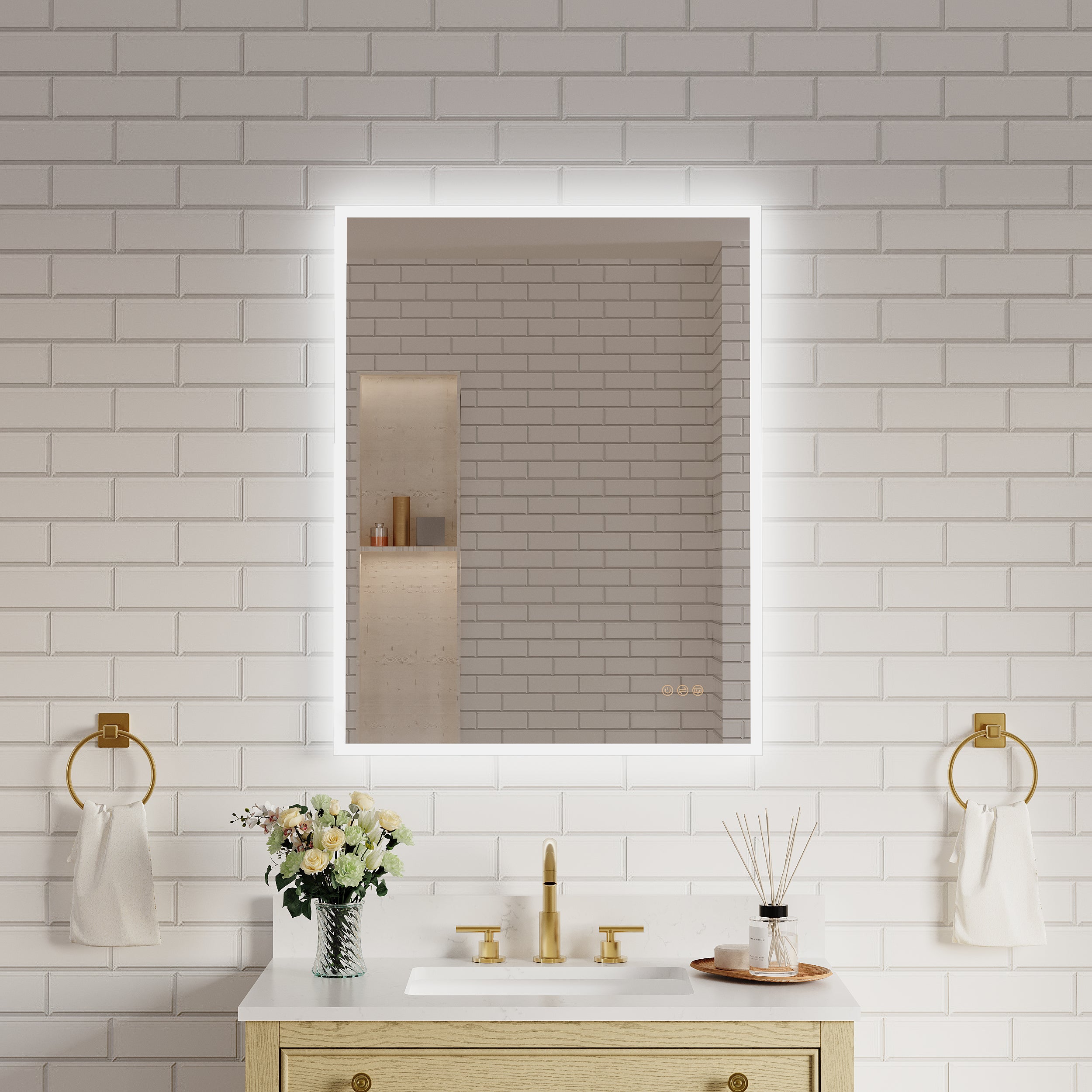
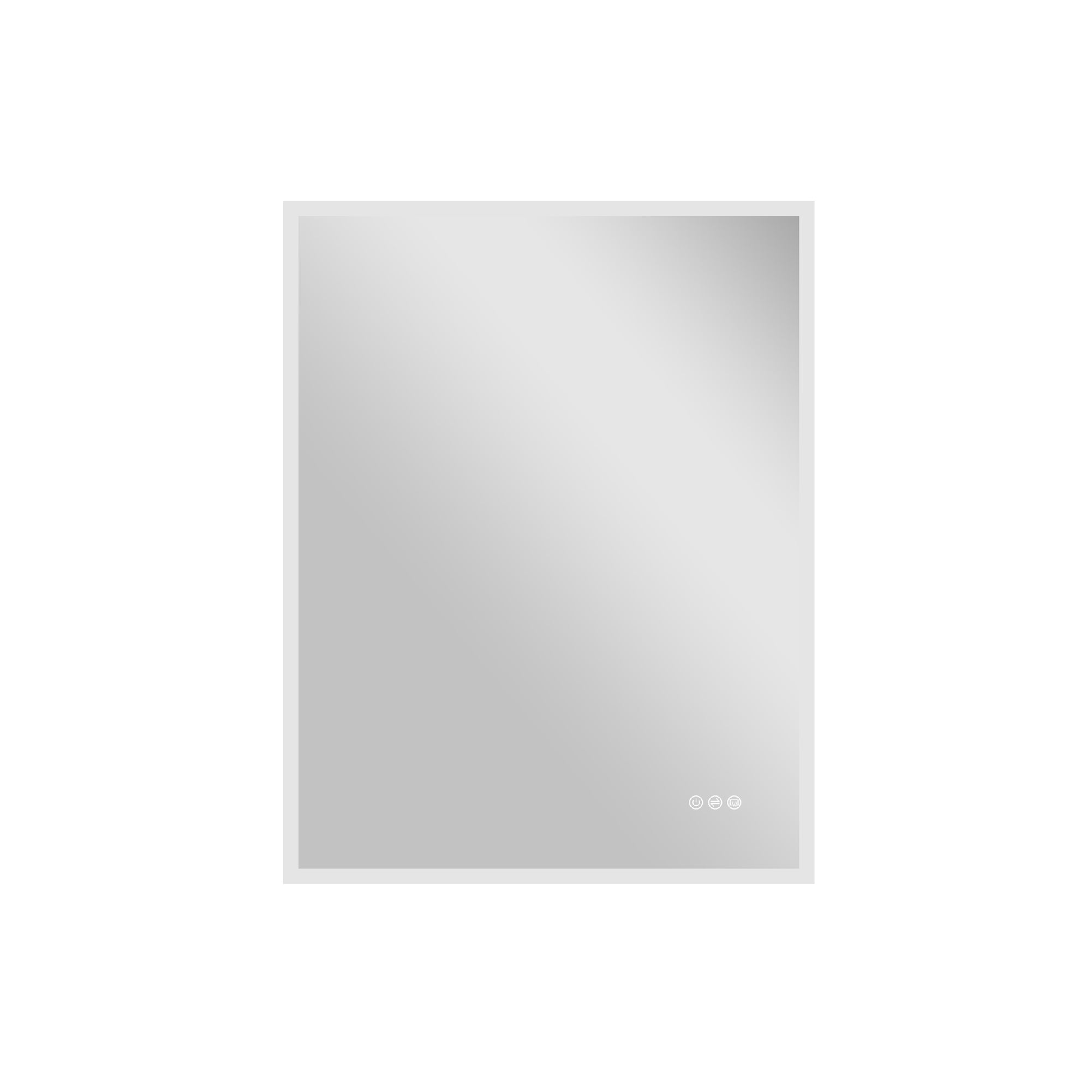
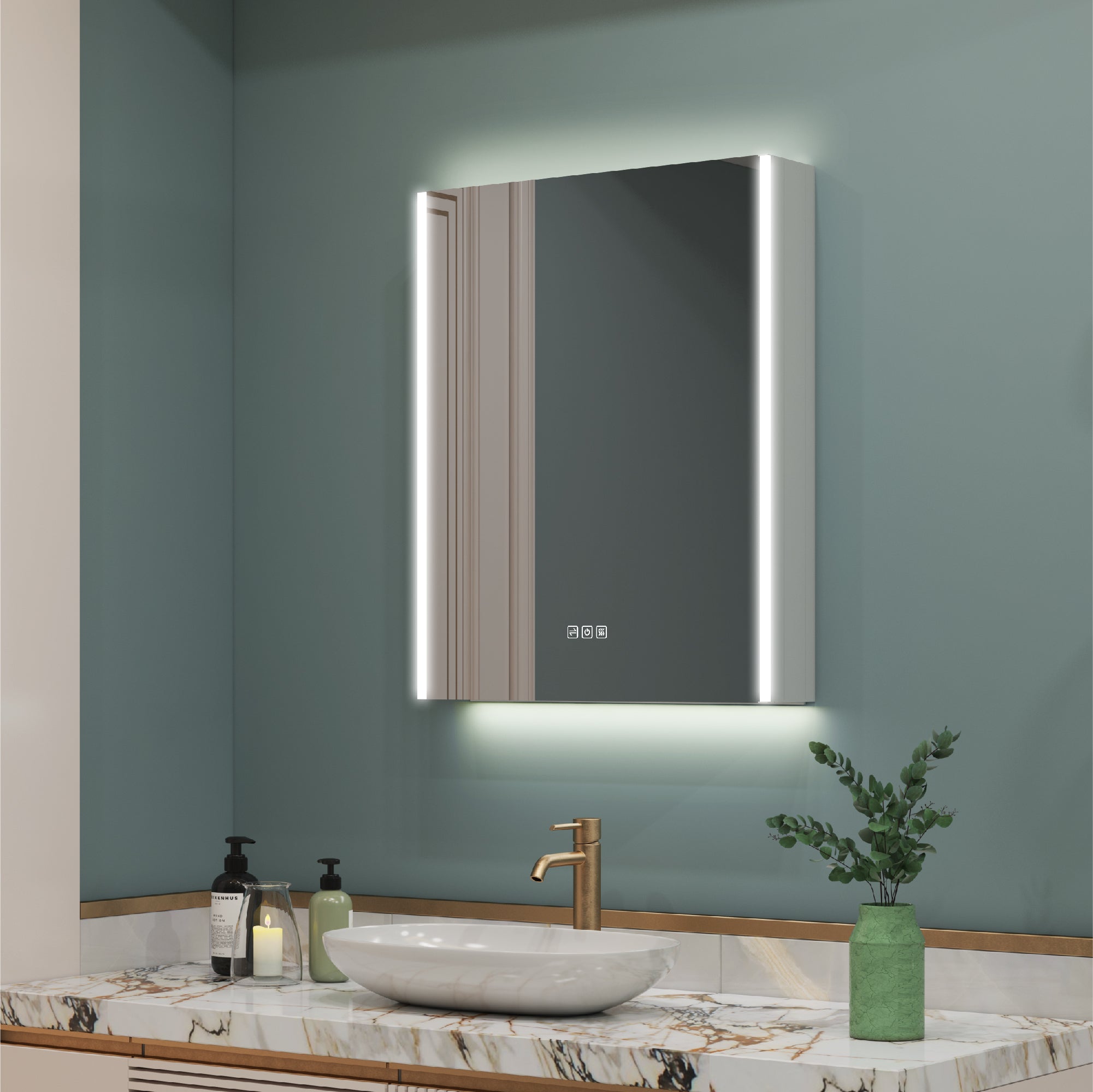
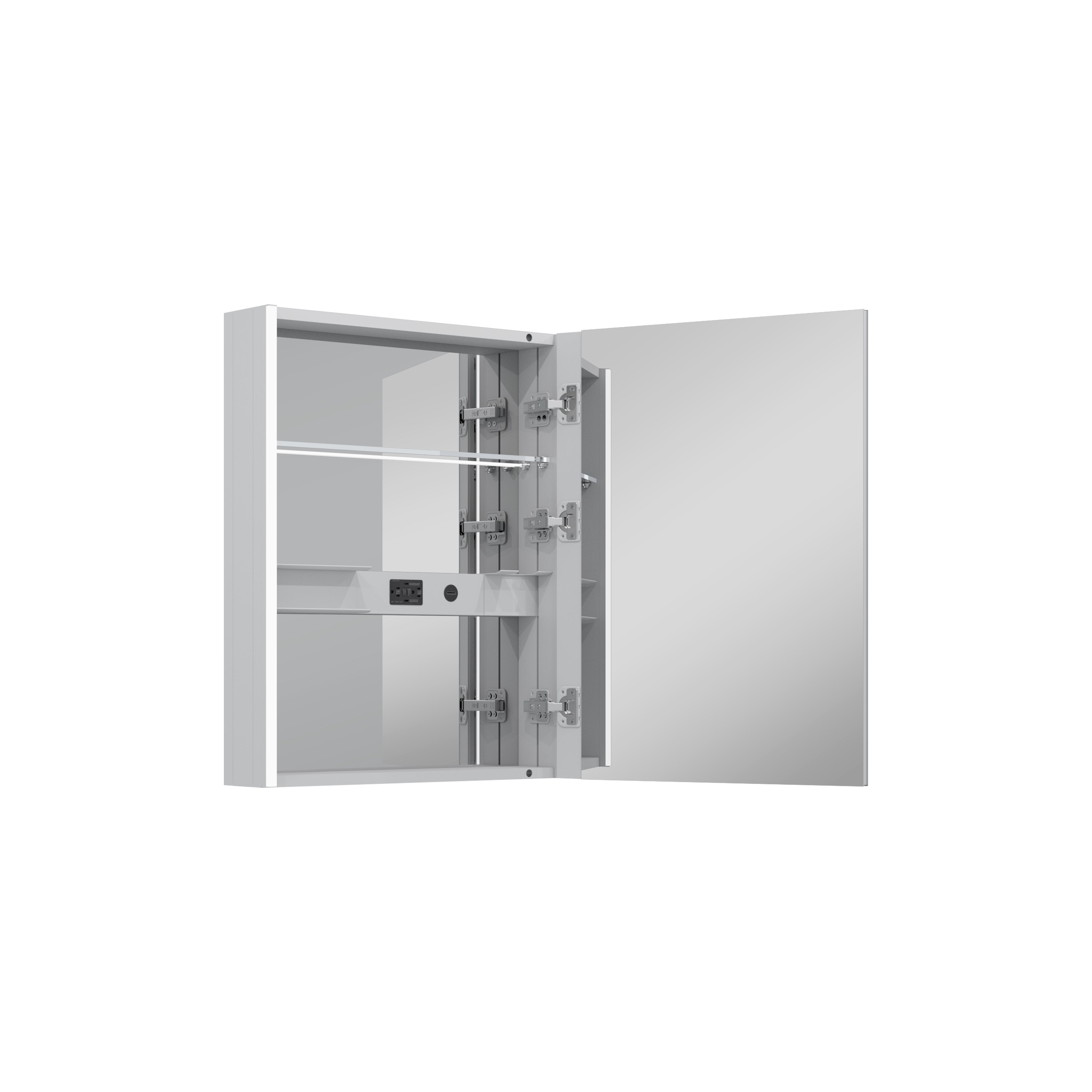
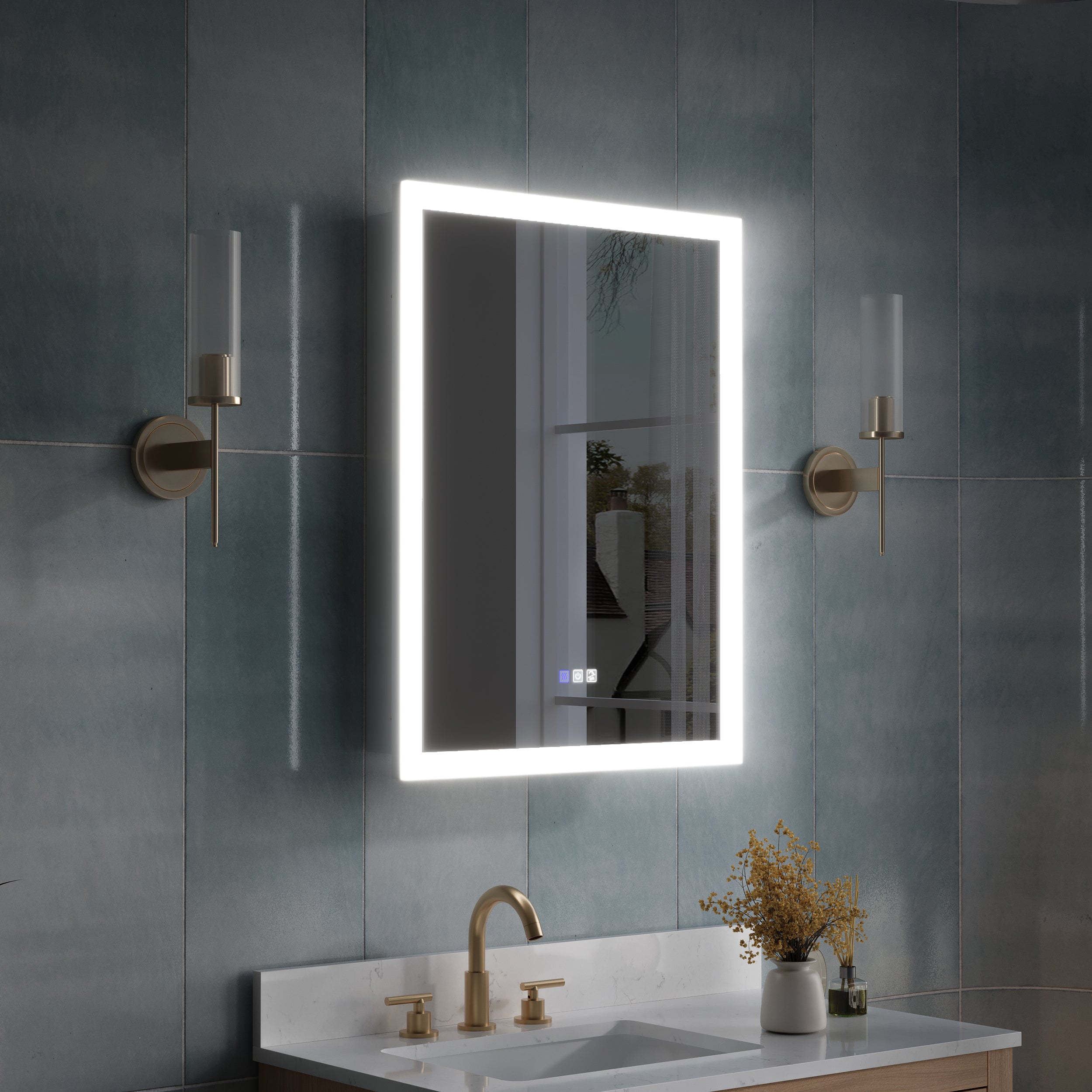
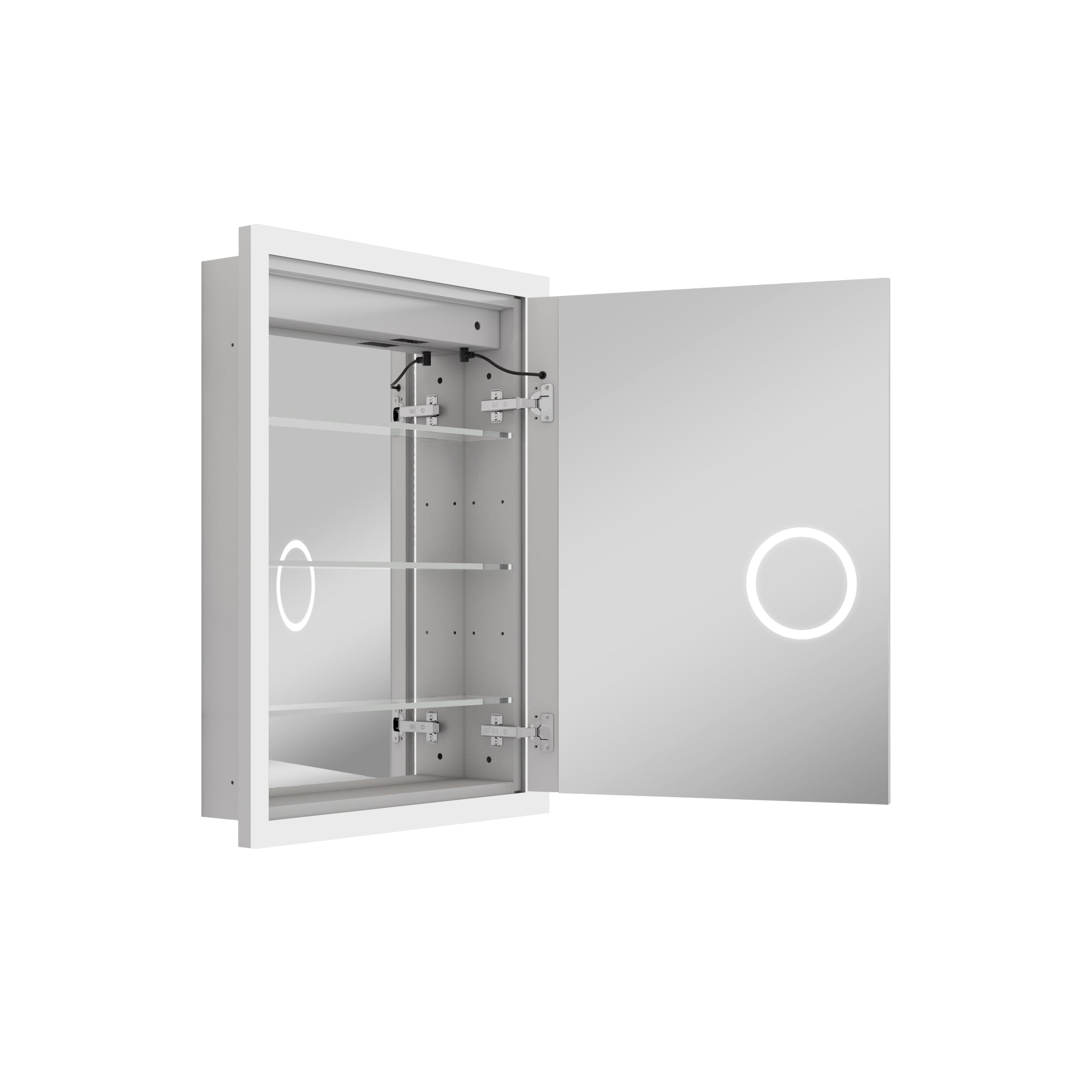
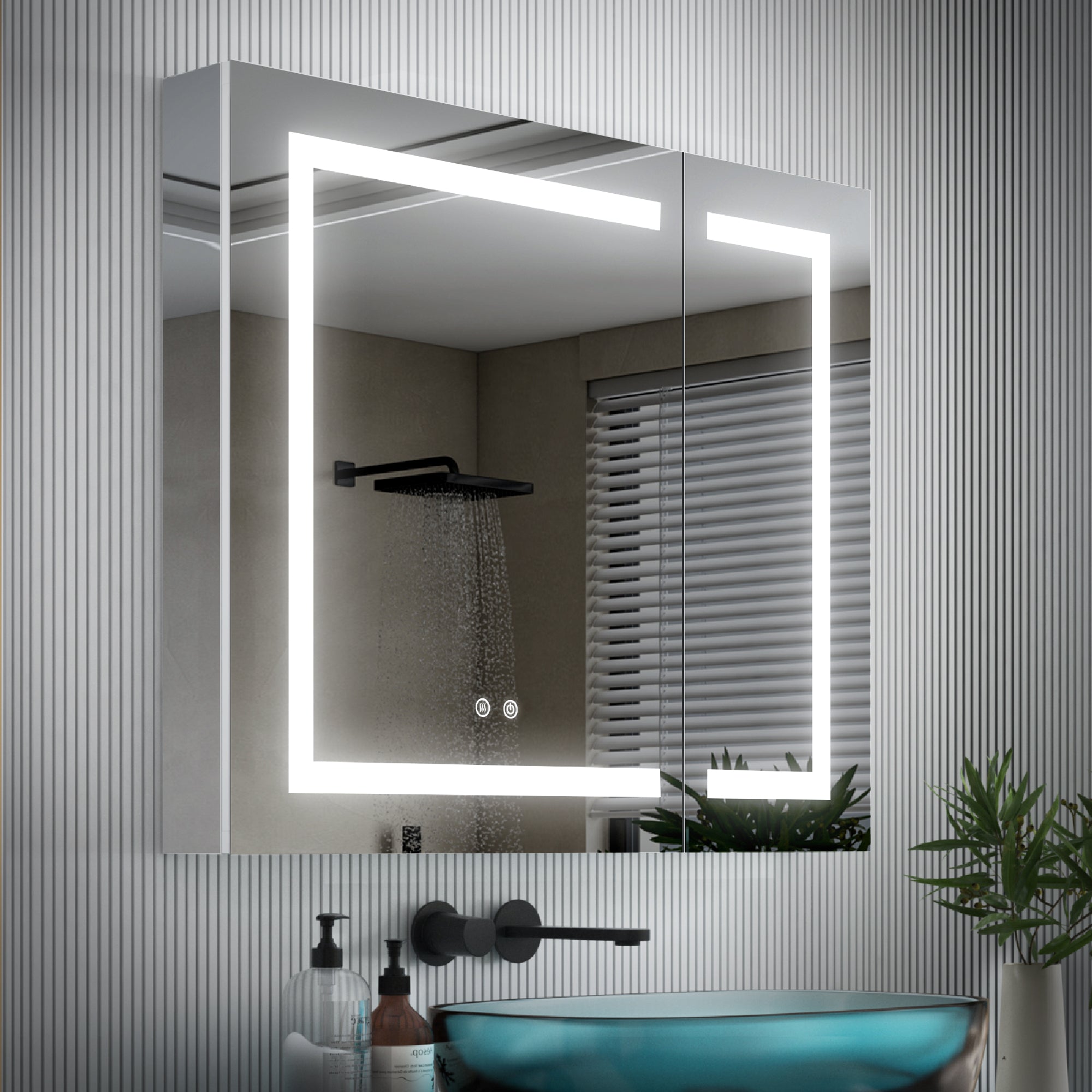

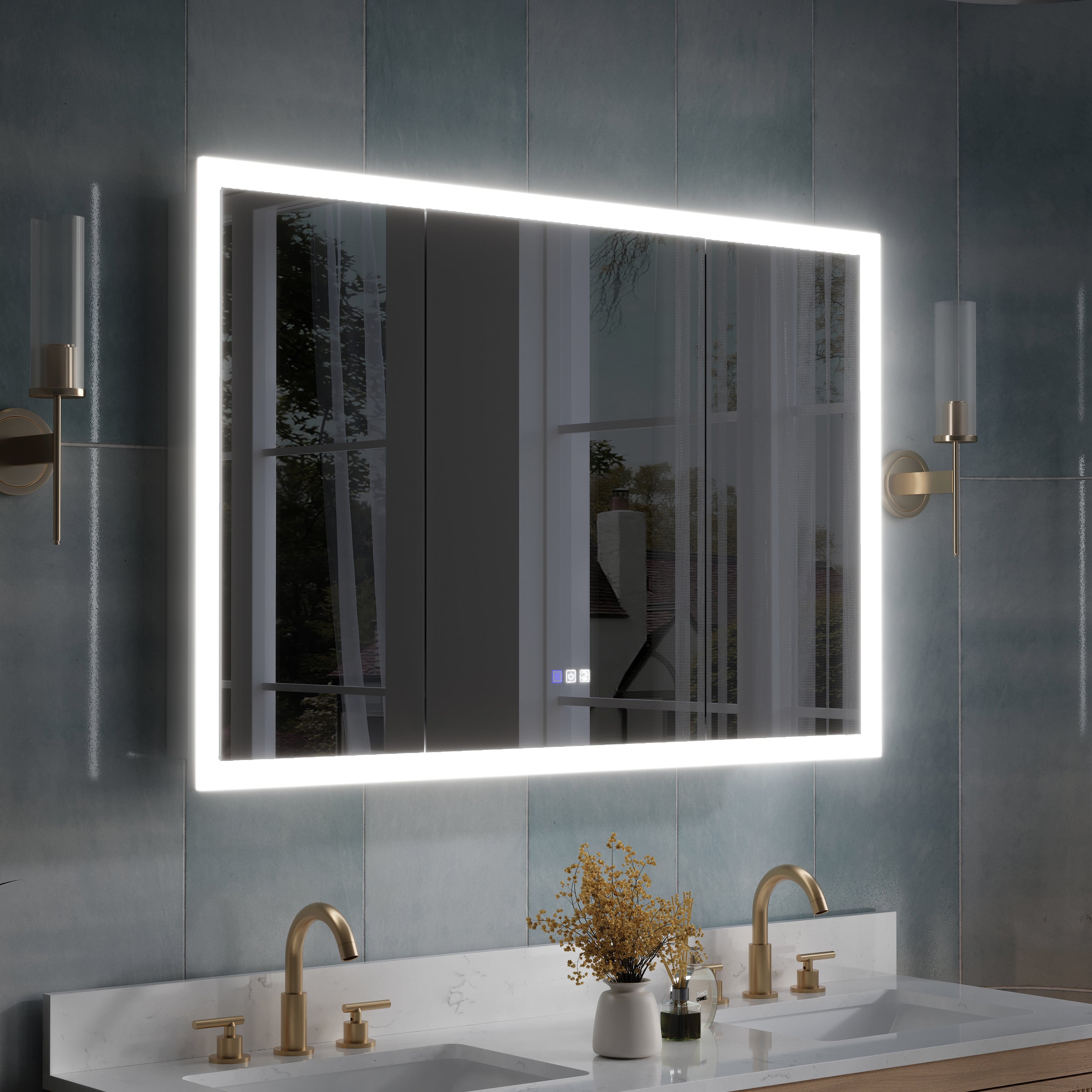
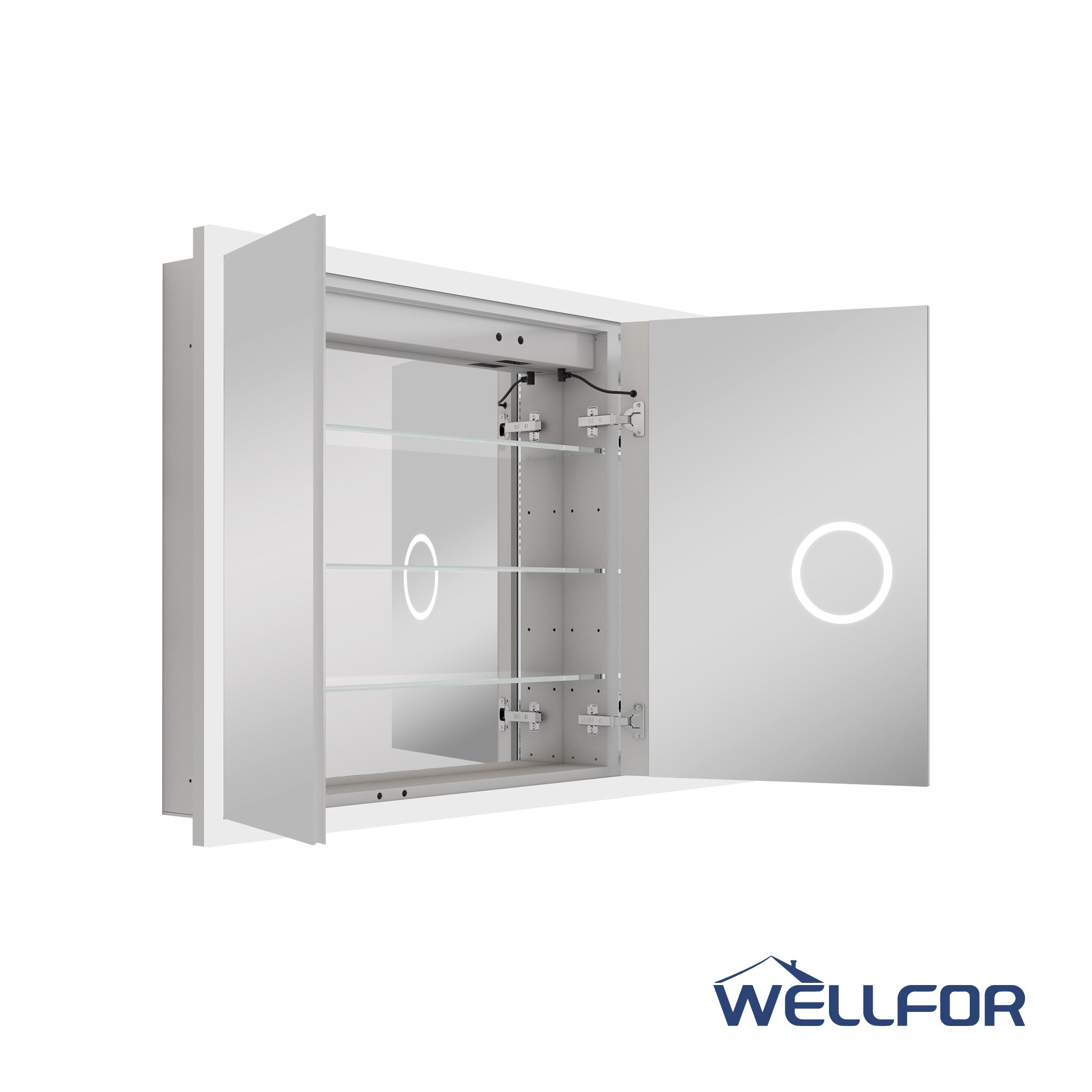
Leave a comment
This site is protected by hCaptcha and the hCaptcha Privacy Policy and Terms of Service apply.